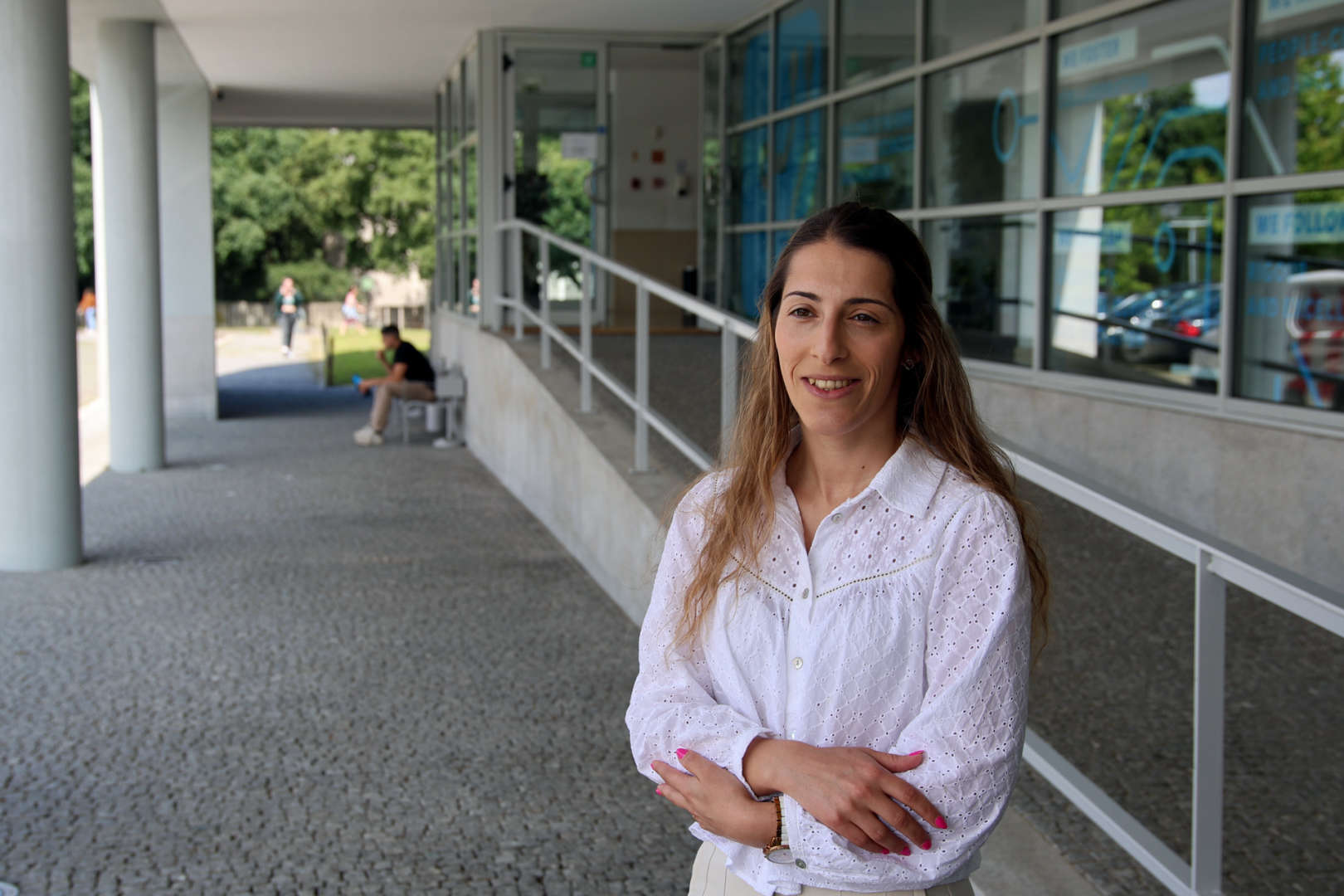Sobre
Tânia Fernandes Melo concluiu o Mestrado Integrado em Bioengenharia na Faculdade de Engenharia da Universidade do Porto em 2016. De 2017 a 2020, trabalhou como Bolseira de Investigação no Laboratório de Imagem Biomédica do Instituto de Engenharia de Sistemas e Computadores, Tecnologia e Ciência (INESC TEC). Em 2024, concluiu o Programa Doutoral em Engenharia Eletrotécnica e de Computadores na Faculdade de Engenharia da Universidade do Porto e, recentemente, obteve um contrato como Investigadora Auxiliar no INESC TEC. O seu trabalho de investigação tem sido maioritariamente dedicado ao desenvolvimento de metodologias de análise e processamento de imagem, com o objetivo de extrair informações relevantes de imagens médicas para apoiar o processo de diagnóstico.


